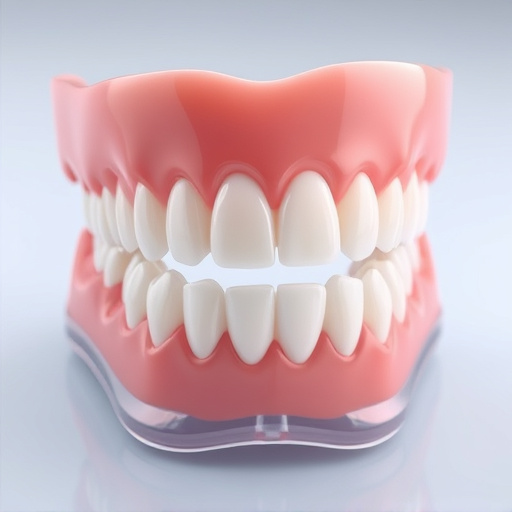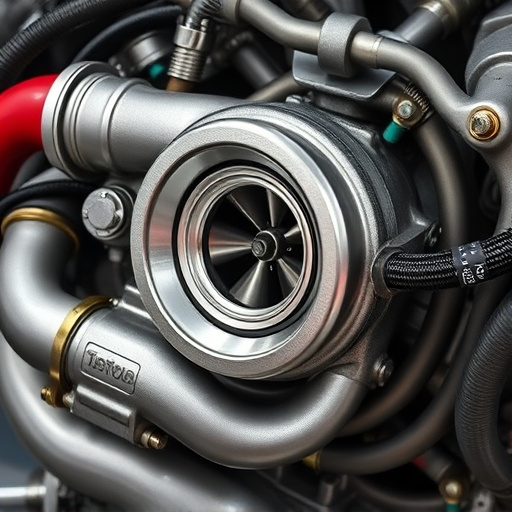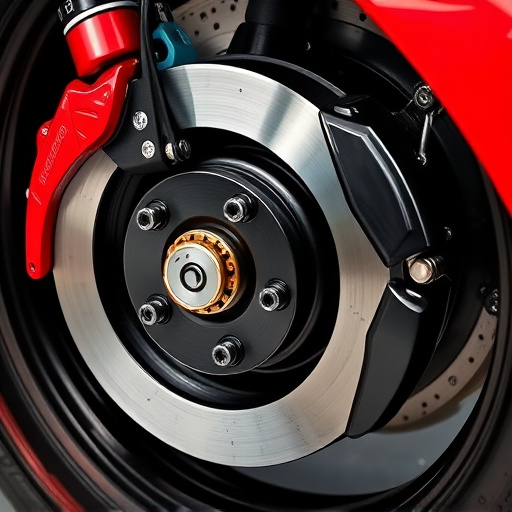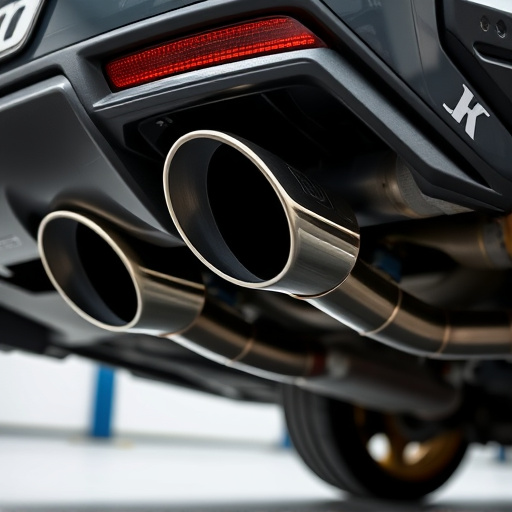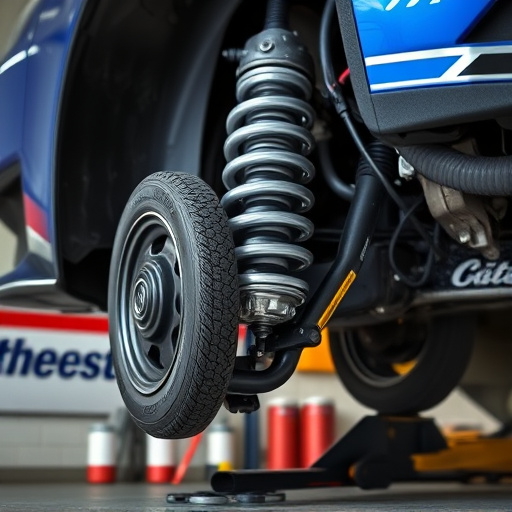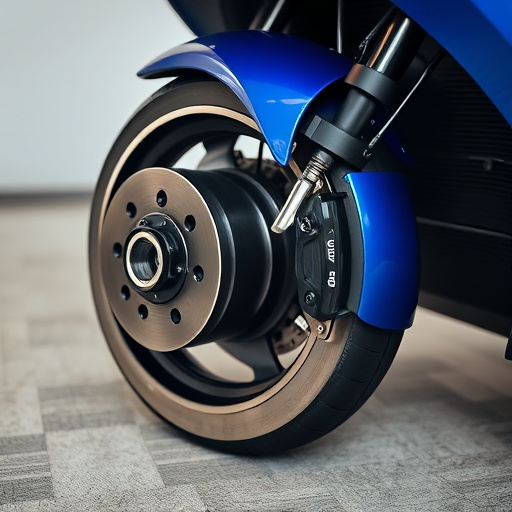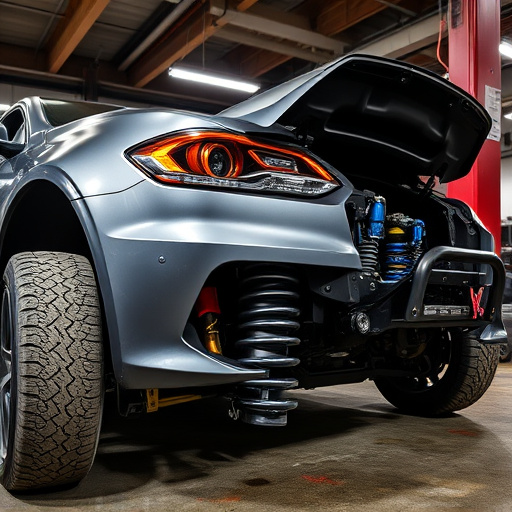Air suspension kits revolutionize vehicle dynamics by offering precise control over ride height and alignment using compressed air. This technology enhances handling, stability, and cornering capabilities, especially in high-performance or loaded vehicles. By maintaining level wheels, it improves grip and safety across diverse terrains. While initially more expensive, air suspensions provide long-term savings and customization for optimal performance, comfort, and vehicle control, allowing owners to tailor their ride experience without compromising part longevity.
An air suspension kit is more than just a luxury upgrade—it’s a precision tool that transforms your vehicle’s ride dynamics. By replacing conventional springs, an air suspension system offers unparalleled control and customization of suspension geometry. This article delves into the intricacies of suspension geometry and its profound impact on handling and performance. We explore how an air suspension kit maintains optimal alignment, enhances comfort, and unlocks improved vehicle control, making it a game-changer for both driving enthusiasts and everyday commuters alike.
- Understanding Suspension Geometry and Its Impact on Vehicle Performance
- The Role of an Air Suspension Kit in Maintaining Optimal Alignment
- Benefits and Considerations for Upgrading to Air Suspension for Better Control and Comfort
Understanding Suspension Geometry and Its Impact on Vehicle Performance
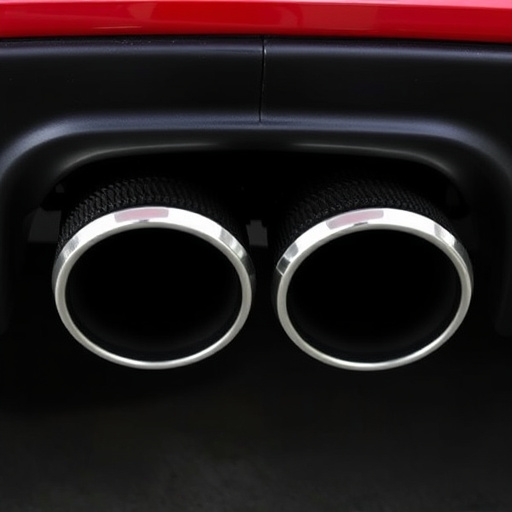
Understanding Suspension Geometry and Its Impact on Vehicle Performance
Suspension geometry refers to the precise alignment and interaction of various suspension components—including spring rates, damping, and lever arms—which collectively determine how a vehicle handles and performs. This intricate system plays a pivotal role in ensuring optimal contact between tires and the road surface, thereby enhancing traction, cornering ability, and overall stability. A well-maintained suspension geometry not only contributes to improved handling dynamics but also extends the lifespan of critical components like brake rotors by evenly distributing braking forces.
When an air suspension kit is integrated, it introduces a new layer of control over these parameters. By allowing for precise adjustments in ride height, wheel alignment, and spring precharge, such kits can tailor the vehicle’s suspension to specific driving conditions or personal preferences. This level of customization results in enhanced performance, especially in high-performance parts applications, where every advantage can make a significant difference on the track or road. Furthermore, air suspension systems offer the flexibility to fine-tune the vehicle for different terrains, ensuring optimal suspension geometry regardless of whether it’s tackling rough roads or racing around corners.
The Role of an Air Suspension Kit in Maintaining Optimal Alignment
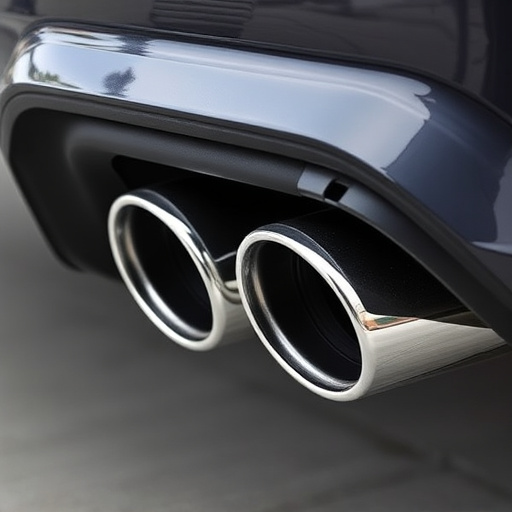
An air suspension kit plays a pivotal role in maintaining optimal suspension geometry for any vehicle. It operates by utilizing compressed air to control and adjust the height and ride quality, ensuring that the tires remain at the ideal position relative to the road surface. This precise control is particularly crucial for vehicles designed for high-performance driving or those with heavy loads, as it allows drivers to maintain better grip and handling characteristics under varied conditions.
The integration of an air suspension kit enhances stability by keeping all four wheels level, which is especially beneficial during cornering and at high speeds. Unlike traditional coilover kits, which primarily focus on shock absorption, air suspension systems offer a more nuanced approach to vehicle dynamics. Additionally, the customizable nature of these kits allows owners to fine-tune their ride height settings for different driving scenarios, from daily commuting to off-road adventures. This versatility ensures that drivers can optimize their vehicles’ performance, comfort, and safety without compromising on the quality and longevity of their high-performance parts, including exhaust mufflers.
Benefits and Considerations for Upgrading to Air Suspension for Better Control and Comfort
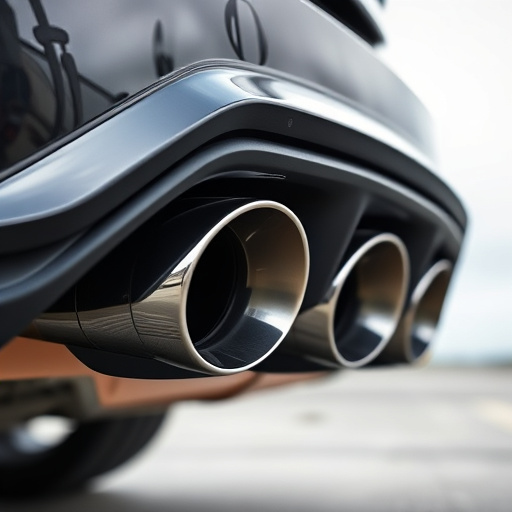
Upgrading to an air suspension kit offers a plethora of benefits that significantly enhance both vehicle control and passenger comfort. Traditional spring-based suspensions can be susceptible to variations in weight distribution, leading to reduced stability and handling, especially at high speeds or on uneven terrain. Air suspension systems provide constant force and level the vehicle regardless of load, ensuring optimal contact between tyres and road surfaces. This results in improved cornering capabilities, reduced body roll, and enhanced overall control, making driving more enjoyable and safer.
Considerations for installing an air suspension kit include the initial investment cost, which can be higher than traditional setups. However, the long-term savings in maintenance and repairs often outweigh this upfront expense. Unlike solid springs, air suspensions require regular maintenance, primarily involving monitoring and adjusting air pressure levels to ensure optimal performance. Additionally, integrating air suspension with other components like a cat back exhaust, air filter kits, and high-performance brake components can further enhance the vehicle’s overall dynamics and aesthetics.
An air suspension kit is a smart upgrade for anyone seeking enhanced vehicle control and improved ride comfort. By actively adjusting suspension geometry, these kits ensure optimal alignment, allowing for better handling and reduced body roll during cornering. This technology offers a unique advantage over traditional spring-based systems, making it a popular choice for those wanting to maximise both performance and passenger comfort.


